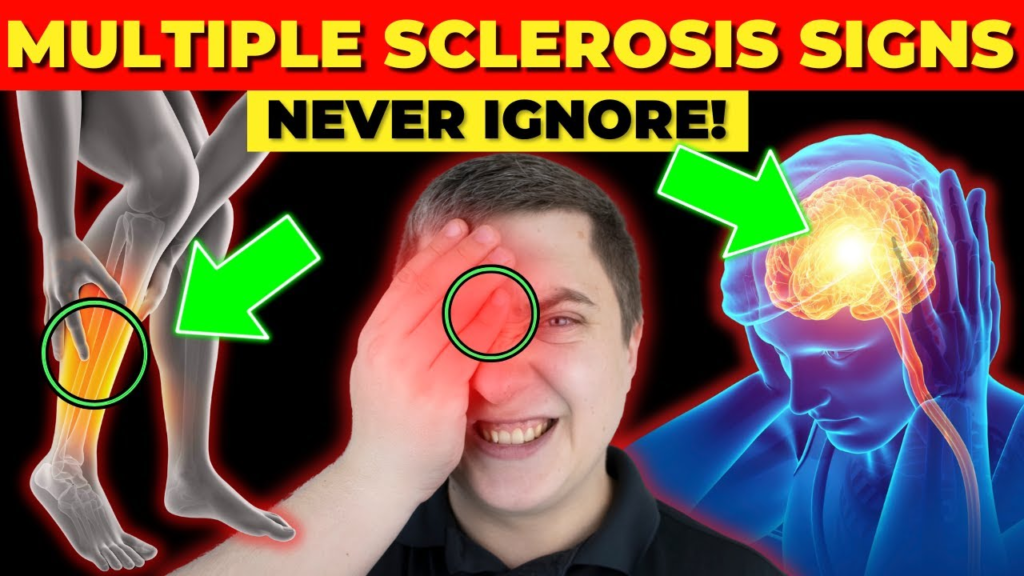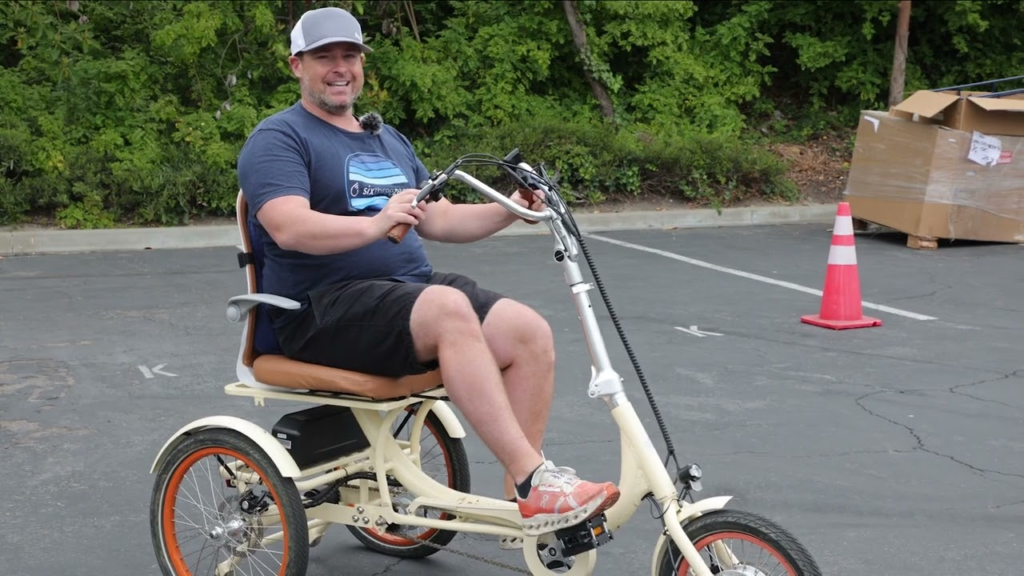A pilot study conducted by researchers at the Kessler Foundation showed promising results in using methylphenidate to improve oculomotor function in individuals with multiple sclerosis (MS). The findings could have significant implications for the treatment of visual and cognitive impairments associated with multiple sclerosis (MS).
Dr. Costa is a research scientist at the Centers for Neuropsychology, Neuroscience, and Multiple Sclerosis Research at the Kessler Foundation. CREDIT Kessler Foundation
In a pilot randomized placebo-controlled trial, 11 participants with MS were randomly assigned to receive either methylphenidate or a placebo for four weeks. After a seven-day washout period, they underwent a crossover treatment for four more weeks. Assessments of oculomotor speed using the King-Devick test and information processing speed were conducted before and after each treatment phase.
“We noticed a significant increase in the participants’ eye movement speed when they were given methylphenidate compared to when they were given the placebo,” said Timothy J. Rich, PhD, OTR/L, research scientist at the Center for Stroke Rehabilitation Research at Kessler Foundation. “This improvement in eye movement speed was directly linked to better performance on tasks that involve hand-eye coordination, which is important for everyday activities.”
Dr. Silvana L Costa, who works as a research scientist at the Centers for Neuropsychology, Neuroscience, and Multiple Sclerosis Research at Kessler Foundation, and is also a co-author of the study, stated, “Our results indicate that methylphenidate might offer valuable benefits as a treatment for individuals with MS, particularly for those who are dealing with oculomotor deficits impacting their visual processing speed and, consequently, their overall quality of life.”
“These results are promising,” noted Dr. Costa, “offering a potential pathway to mitigate some of the cognitive and visual symptoms that are prevalent in MS.”



